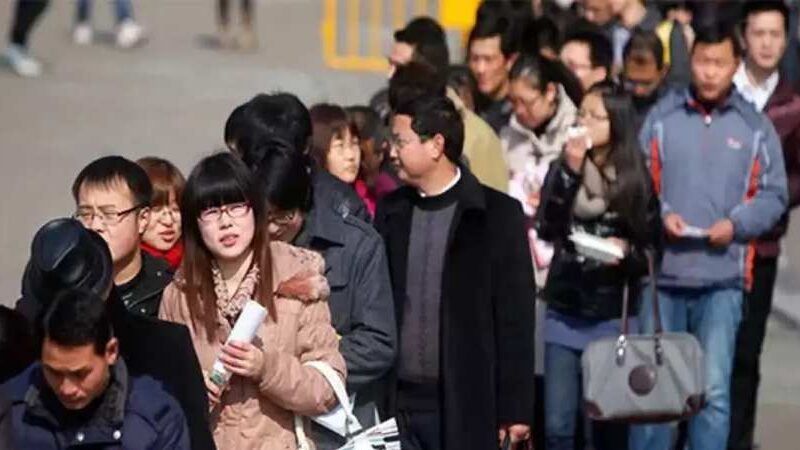China’s legislature passed a law that will see the retirement age raised for both male and female workers for the first time since the 1950s. China is trying to tackle a shrinking and ageing population through this initiative.
China’s legislature known as the Standing Committee of the National People’s Congress, has approved a new policy.
It will see the retirement age rise for both men and female workers as of January 2025, according to state broadcaster CCTV announcement.

Over 15 years, the retirement age for male workers will be raised from 60 to 63 years. And women workers, who can presently retire at 50 if they are in blue-collar employment, or 55 if they have white-collar employment, will retire at 55 or 58 years.
So, the retirement for women will depend on the work they do.
The policy will be rolled out successively according to people’s birthdates.
The people who have been working for longer periods would ease on pressure on the pension budgets with many Chinese provinces already reeling from large deficits.
11 of China’s 31 provincial-level jurisdictions are running pension budget deficits, the finance ministry data reveals. The state-run Chinese Academy of Sciences said that the pension system of the country would run out of money by 2035 without further reform.
Xiujian Peng, a senior research fellow at Victoria University in Australia, studies China’s population and its ties to the economy.

According to Peng, they have more people coming into retirement age, so the pension fund is facing high pressure. That is why, she thinks it is the right time to act seriously.
Xiujian Peng stated that the previous retirement ages were set in the 1950s when the life expectancy was only around 40 years.
The policy has been passed because China faces a looming demographic disaster amid a shrinking and ageing population.
Analysts predict that there will be around 500 million people over 60 years of age in China by 2050. That will be on top of fewer births, as younger people opt out of having children, indicating high costs.
In 2022, China’s National Bureau of Statistics reported that for the first time, China had 850,000 fewer people at the end of the year compared to the previous year. It is a turning point from population growth to decline.
The next year, in 2023, the population shrank further by 2 million people.







